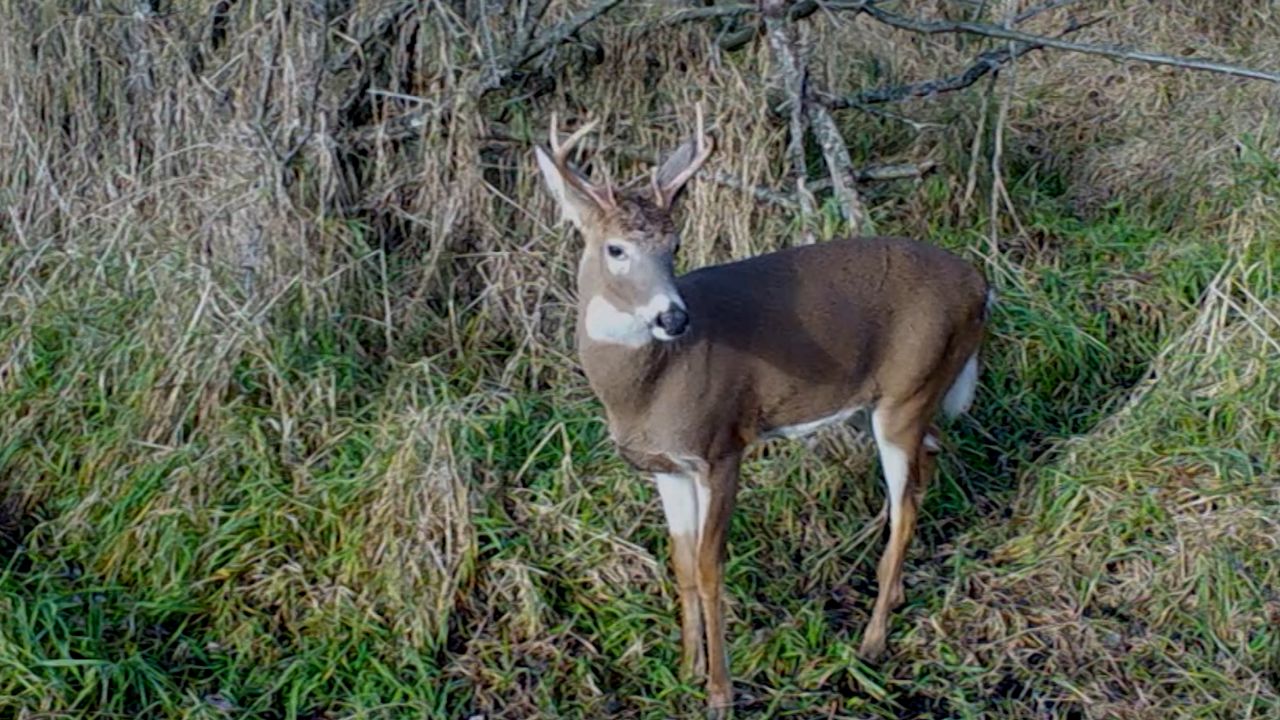ST. LOUIS—A fatal neurological disease has been found in deer across Missouri for longer than a decade – but it’s in a new area this year. Deer with Chronic wasting disease are in more than 40 Missouri counties, most recently in Texas County near Fort Leonard Wood. But conservation officials say it’s still manageable.
CWD, also known as Zombie deer disease, is always fatal. It starts by restricting a deer’s ability to move, then causes weight loss and erratic behavior – like fearlessness of humans, before eventually killing the animal. While it disrupts ecosystems and diseases other mammals, it hasn’t been found to effect humans.
The Missouri Department of Conservation has tested more than 25,000 deer this cycle, which began in July. Only 32 were positive, and only one was outside previously established CWD zones. Officials from the Missouri Department of Conservation say it’s still rare, and efforts to contain it are still working.
“The disease is expanding geographically every year, that's been the trend,” Dan Zarlenga, spokesperson for the Missouri Department of Conservation said. “But the good news is that the prevalence rate is very low…It's only a fraction of one percent and that's what we're striving for.”
The disease is commonly spread through male deer through contact with fluids. Hunters in established CWD zones are prohibited from using anything that would propagate the disease, including salt licks. However, many of them have an extended hunting season to manage the deer population – part of the MDC’s active disease management plan.
“States that don't do active management or have abandoned active management have seen a huge increase to 25-50% rate in terms of prevalence,” Zarlenga said. “One of the keys to managing the disease is, in areas where there is a disease, reduce that population, lower population”
The Missouri Department of Conservation will release this year’s statistics in Spring 2025. Conservation agents advise hunters to test their deer to help inform active management plans. More infomation about testing, CDW zones and management plans can be found on the Missouri Department of Conservation website.










